Nara, Japan - Travel
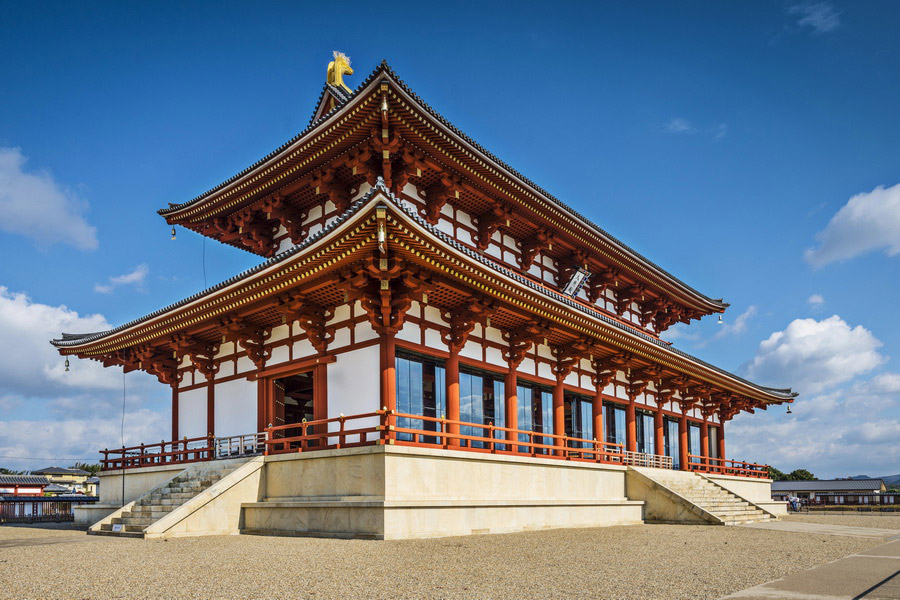
Things to Do and Sightseeing Tours in Nara
Nara Travel Guide
Nara (奈良市) is one of the most historically significant places in Japan. Over 1300 years ago, it became the main centre of Buddhism and the country's first permanent capital, lending its name to an entire period in Japanese history. Today, Nara draws tourists from around the globe, thanks to the massive Buddha statue at Todai-ji Temple, other UNESCO sites in Nara, and its picturesque parklands. A true highlight and symbol of Nara are its spotted deer – honoured as sacred, they roam freely among the city’s key attractions.
If you’re planning a trip to Japan, Nara is a must-visit destination. Discover its history and culture with our Guide to Nara, Japan.
Nara Tours
Nara is a fairly large city on the island of Honshu (本州), the capital of Nara Prefecture (奈良県), located about 45 kilometres south of Kyoto.
According to official figures, more than 9 million people visit Nara per year, making this ancient city one of the country's top tourist destinations.
Popular types of Nara tours:
- Nara day trip from the neighbouring cities of Kyoto and Osaka. 1 day Nara itinerary usually includes visits to the main temples and shrines as well as Heijo Palace (平城宮).
- Small weekend tours – 2 days in Nara allow you to explore a little deeper into the culture and attractions of the city, learn about the history of Buddhism, and visit a number of interesting museums.
- Longer trips are usually associated with recovery procedures. Because of the quiet, meditative environment, clean air, and onsen, Nara is a popular destination for wellness tourism.
Best Time to Visit Nara
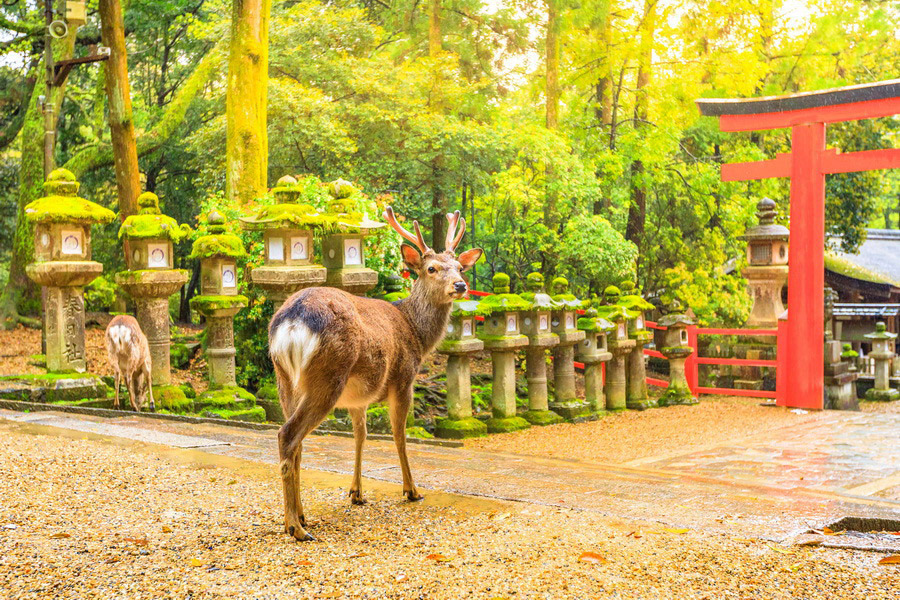
The best time to visit Nara is during cherry blossom season, which occurs from late March to early April. If you are seeking beautiful views of ancient temples and traditional gardens adorned with cherry blossoms, this is the perfect time to visit Nara.
Due to Nara's mild climate, the other seasons in Nara are also attractive in their own way:
- Nara’s autumn is also a very popular season to visit the city. In autumn, the leaves of the trees turn vibrant colours, creating picturesque landscapes. Nara fall colours are bright and varied, which is why tourists come to enjoy this time of day when the temperature is a comfortable 15–20°C, as well as the tradition of Momijigari (紅葉狩り) – that is, admiring the falling leaves.
- Summers in Nara are quite hot and humid, with temperatures up to 33°C. Summer can sometimes catch you by surprise with rain, but it's still a great time to explore Nara's historical sites, have a picnic, or plan a camping trip.
- Winters in Nara are very mild. Temperatures in Nara during the winter months range from 0 to 10°C, and rainfall is minimal.
History of Nara
Nara history facts:
- The first settlements on the site of the modern city were formed around 14,000 years BC.
- The foundation of Nara dates back to 660 B.C. Legend has it that the first Japanese legendary emperor, Jimmu (神武天皇), descended here. He was also buried in Nara, on the site where the Kashihara Jingu Shrine (橿原神宮) now stands.
- The old name of the city was Heijo-kyo (Heijo-kyo, 平城京). It was named in honour of Emperor Heijo (Emperor Heizei, 平城天皇 773–824). The Palace, one of the main attractions in Nara, now bears this name.
- The 8th century in Japanese history is called the Nara era (奈良時代) because, during this period, from 710 to 794, Nara was the capital of Japan.
- The flourishing and cultural rise of the city is also attributed to the 8th century. It was during this period that all the significant buildings of ancient Nara were created, which became UNESCO World Heritage Sites.
- Nara was one of the cities on the route of the Silk Road. The development and cultural enrichment of the city owes much to its links with the Silk Road, through which Buddhism and Chinese culture spread to Nara and later to the whole of Japan.
What to Do in Nara?
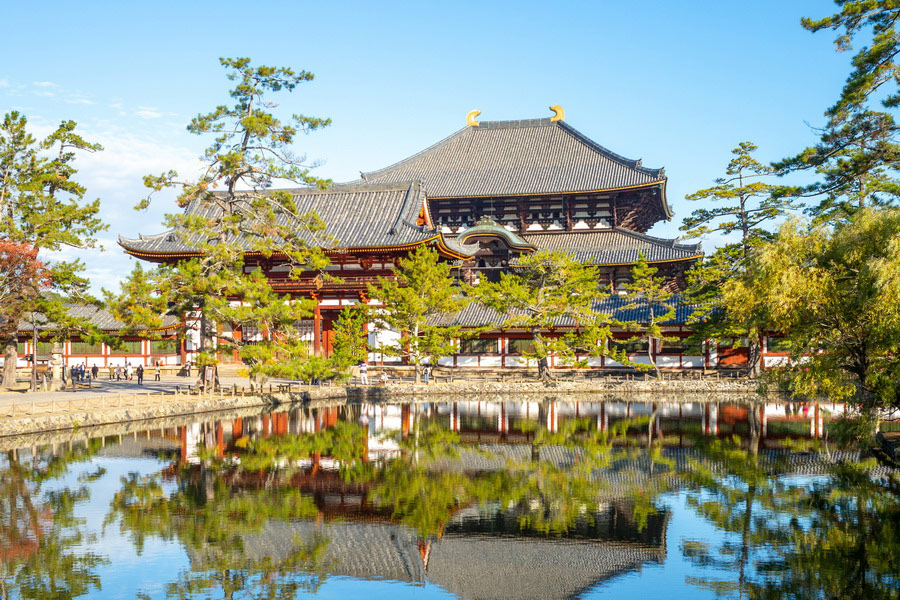
Landmarks and Attractions in Nara
Ancient Buddhist temples and shrines are the main attractions in Nara, with most of the cultural and historical monuments designated as UNESCO World Heritage Sites.
Among must-visit places in Nara are:
Todai-ji Temple (東大寺), meaning Great Eastern Temple, is a majestic working temple complex and the main centre of the kegon (華厳宗) Buddhist movement. Todai-ji was built in 752 and is still the largest wooden building in the world. This ancient temple complex, marvellous in scale, is a UNESCO World Heritage Site.
Sitting on a lotus in the main hall is the Nara's giant Buddha, the largest bronze statue in the world. Its height is 15 m and its weight is over 400 tonnes. It is largely because of this statue that the temple is visited by more than 2.5 million people a year – pilgrims and tourists who not only admire its immense size but also seek blessings and good luck in business.
At the entrance to the temple is the Nandaimon gate (南大門), the most famous Nara gate, with statues of gods guarding the temple and its visitors in its niches. The gate's total height exceeds 25 metres, making it the tallest temple gate in all of Japan.
Kofuku-ji Temple (興福寺) is one of the main and famous temples in Nara. Built in the early 8th century, it belongs to the hosso (法相宗) school of Buddhism. Kofuku-ji Temple in Nara, Japan is renowned for its two golden halls and the National Treasure Hall, which displays fine art and sculptures, including the iconic six-armed demon statue of Asura (阿修羅).
This temple is also home to the iconic 50m-high five-tiered pagoda, one of Nara's most recognisable symbols.
Kasuga Taisha Shrine (春日大社), a landmark dating back to the 8th century, is the most famous Nara shrine. It attracts tourists with its more than 3,000 bronze and stone lanterns, some of which are 700–800 years old.
Near the complex lies the vast Kasugayama Primeval Forest (春日山原始林), spanning nearly 300 hectares. Visitors can walk among towering cedars planted over 500 years ago.
Heijo Palace (平城宮) is an ancient castle in Nara surrounded by a large park area. In the 8th century, the castle served as an imperial residence. Of all the structures in the complex, the Daigokuden Main Hall (大極殿) is the most famous, though its historical appearance was lost and restored in 2010.
Horyuji Temple (法隆寺) is the oldest temple in Nara, built in the mid-7th century during the Asuka (飛鳥時代) period. It is also the oldest wooden structure in the world. The temple complex features the main halls Kondo (金堂) and Yumedono (夢殿), as well as a wooden five-tiered pagoda.
Entertainment, Parks, and Shopping in Nara
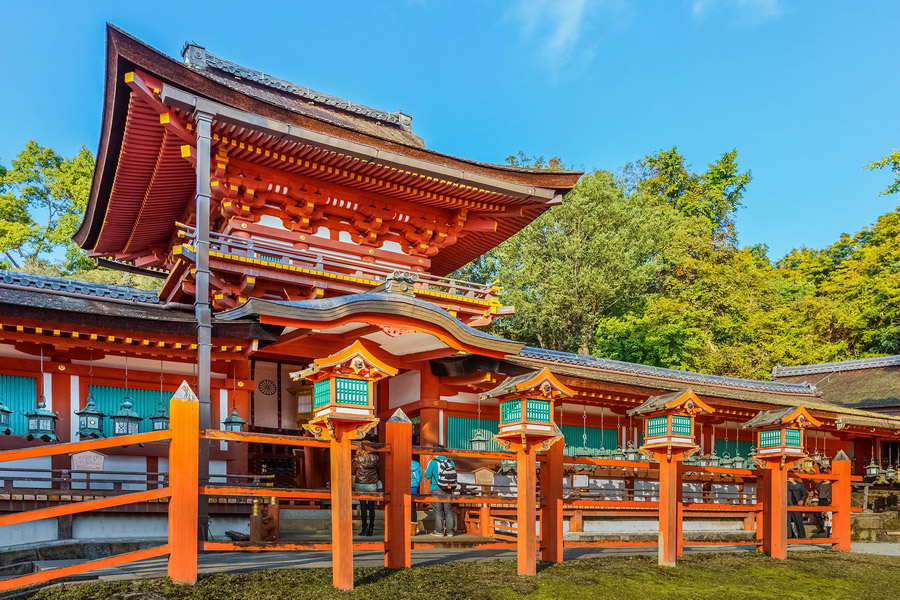
Top things to do in Nara:
- Feeding and petting deer is the best entertainment in Nara and one of the top unique things to do in Nara. Tourists in the park can purchase special animal-safe deer crackers for 500 yen to offer to the deer. After feeding, it is common to see a grateful Nara bowing deer. The deer bowing, which has become famous, is incredibly cute and greatly admired by tourists.
- Visit the hot springs in the historic Dorogawa Onsen Townscape (洞川温泉). The authentic Japanese atmosphere with old houses, streets lined with paper lanterns, and the healing waters of the onsen will definitely not leave you indifferent.
- Admire the Akame (赤目四十八滝) Waterfalls. The walk to the 48 waterfalls, located in the mountains west of Nara, is perfect for day hikes. Additionally, you can spot rare salamanders, a species preserved since ancient times.
- Step into a townhouse in the Naramachi neighbourhood (奈良町). In this historic area, you can visit the free Koshi-no-Ie House, also known as the Lattice House. It recreates the authentic historical setting of seventeenth- to nineteenth-century Japanese houses. Here, you can enjoy the traditional atmosphere and take vibrant photos against the backdrop of round windows or original Japanese courtyards.
- Rent a kimono at Kimono De Lotus and feel like a true Japanese local. You can even take a leisurely stroll through the streets or park in your attire.
- Attend one of the spectacular fire festivals. The Wakakusa Yamayaki Festival (若草山焼き), meaning "burning of Mount Wakakusa", takes place at the end of January every year. Meanwhile, the Omizutori Festival (お水取り) is held at the Todai-ji Shrine grounds during the first half of March.
Parks of Nara
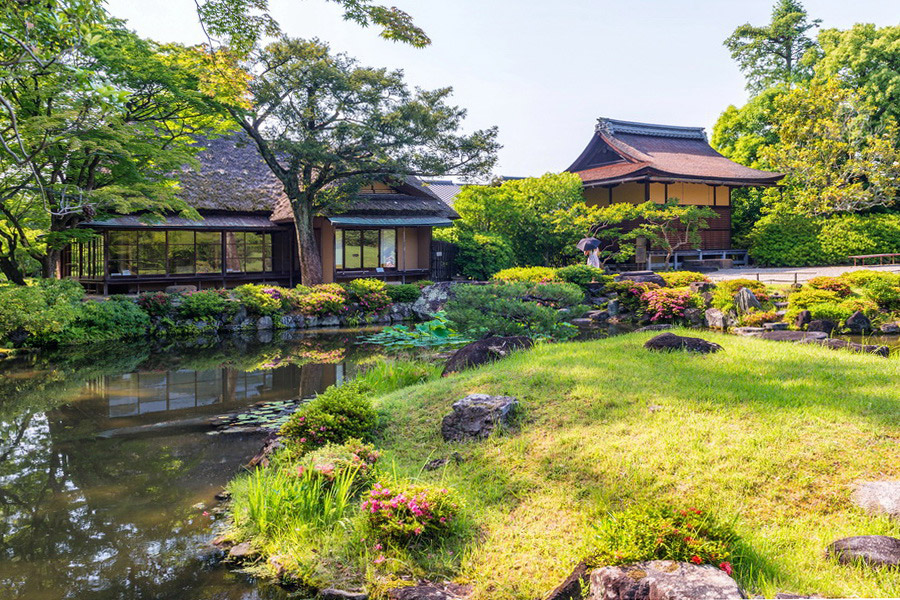
Nara Park (奈良公園) is the city’s largest and most iconic park, home to Nara’s main temples and shrines. One of the park’s biggest draws is its population of around 1,500 friendly deer.
These deer are more than just adorable – they are a vital part of the cultural and religious heritage of the region. In Shinto belief, deer were seen as messengers of the gods. While they lost their sacred status after World War II, they remain a national treasure protected by the state.
Nearby, Isuien Garden (依水園) offers a serene setting with traditional tea houses. Located centrally, within walking distance of Nara’s key attractions, the garden is divided into the 17th-century Front Garden and the 20th-century Back Garden.
Adjacent to Isuien, Yoshikien Garden (吉城園) lies across the Yoshikigawa River and features three distinct sections – the Pond Garden, Moss Garden, and Tea Ceremony Garden. This peaceful retreat highlights the beauty of Japanese landscape design.
The Manyo Botanical Garden (萬葉植物園), situated on the grounds of Kasuga Taisha Shrine, celebrates Japan’s oldest poetry anthology, the Man'yoshu (万葉集). With over 300 plant species referenced in this literary treasure, it’s a must-see for nature lovers and literature enthusiasts.
Nara Museums
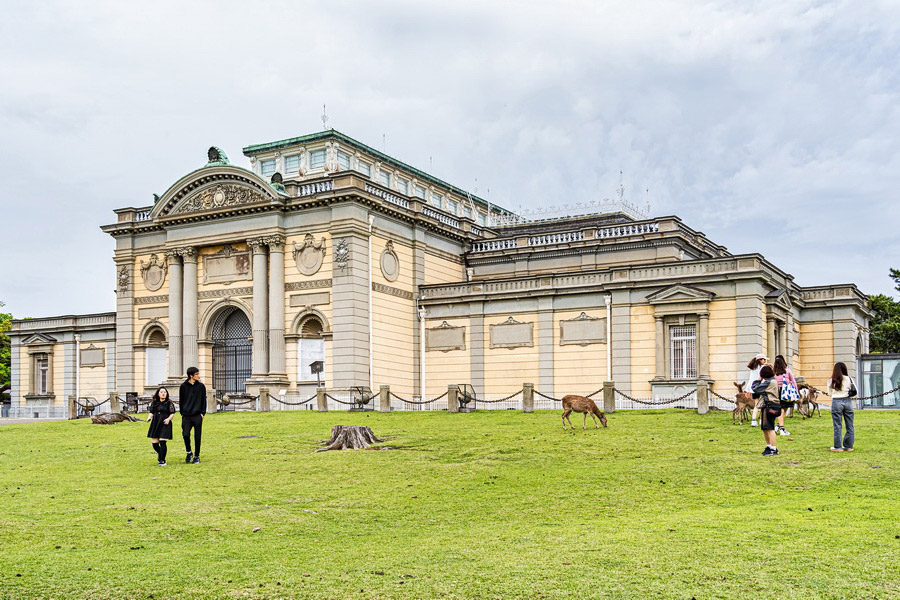
Nara boasts numerous museums and galleries, many of which are part of the city’s main attractions – temples, shrines, and Heijo Castle. However, two independent museums stand out.
The Nara National Museum (奈良国立博物館), located in Nara Park near Todaiji, Kofukuji, and Kasuga Taisha Shrine, is one of Japan’s most significant museums, focusing on Buddhist art. Despite its European-style architecture, the museum houses valuable sculptures, paintings, and manuscripts, including a 9th-century Yakusha Buddha and a 12th-century Hell Scroll.
The Nara Prefectural Museum of Art (奈良県立美術館) is among the top Nara art museums. Opened in 1973, it showcases over 4,600 works of Japanese and Western art, with many pieces highlighting the city’s rich cultural and artistic history.
Shopping in Nara
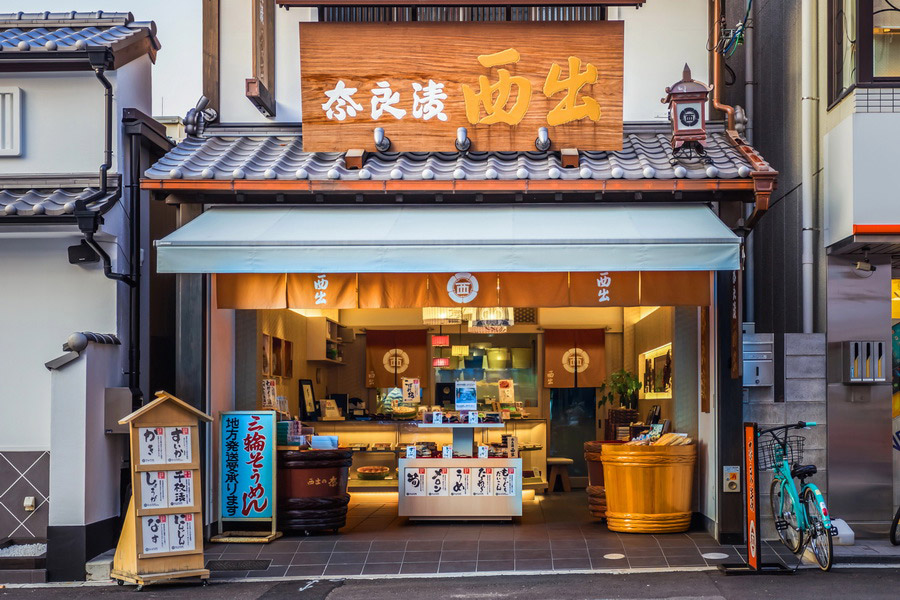
Nara has many shopping centres as well as local shops where you can find various gifts and small souvenirs. Particularly popular in the city are souvenirs with a reindeer theme.
Notable shopping centres include Nara Family, as well as Vierra Nara, located at the Nara train station. The indoor shopping street Higashimuki (奈ひがしむき商店街) near Nara Park is also a good option.
Naramachi (奈良町) and Sanjo Dori (三条通 さんじょうどおり) shopping streets are imbued with a special historical atmosphere. The Naramachi Historic Quarter has preserved traditional Edo architecture and is a veritable open-air museum. Here, you can buy all kinds of antiques, handicrafts, ceramics, and traditional clothing. The Sanjo Dori shopping street is also a historical place that has been around for over 1300 years. It offers household items, clothes, and various souvenirs.
Food in Nara
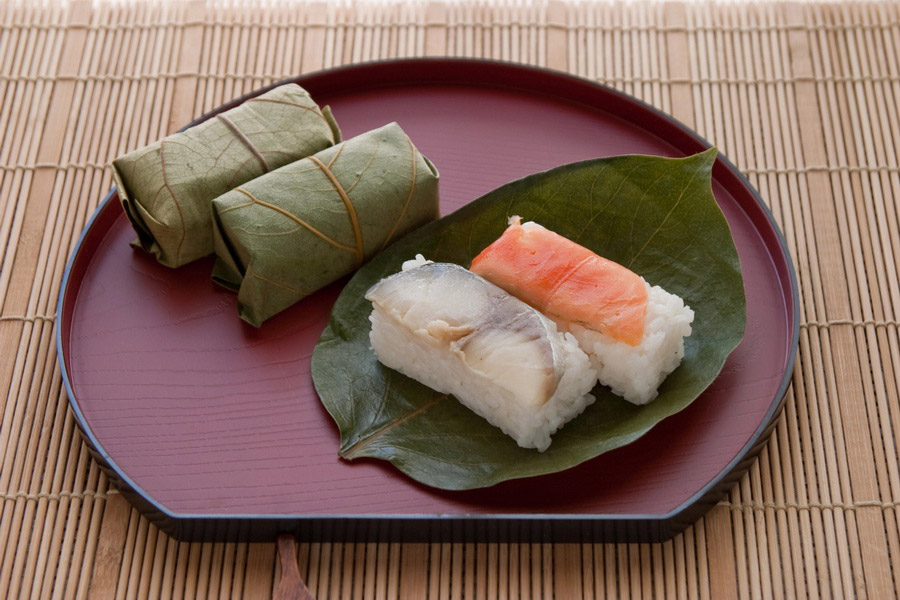
Nara’s cuisine reflects traditional Japanese flavors but offers distinctive dishes that set it apart:
Persimmon-infused dishes play a central role. With Wakayama, Japan’s largest persimmon supplier, nearby, persimmons are widely used in Nara’s cooking. In autumn, the city is adorned with garlands of dried persimmons. Signature persimmon-based dishes include Kakinoha Zushi and Kaki Namasu.
Kakinoha Zushi (柿の葉寿司), one of Nara’s gastronomic highlights, features sushi wrapped in persimmon leaves. This enhances the flavor while preserving freshness. Kaki Namasu (柿なます) is a salad made from persimmon, carrot, and radish, traditionally enjoyed during New Year's celebrations.
Another local specialty is Chagayu (茶粥), a tea-infused rice porridge believed to have originated as a Buddhist monk’s breakfast. Simple yet nourishing, Chagayu is now a popular breakfast item often served with pickled melon. It’s considered the best food in Nara for a quick start to the day.
Asuka nabe (飛鳥鍋), a creamy chicken and milk soup, dates back to the 8th century and remains a famous food in Nara. Another beloved dish is Miwa somen (三輪素麺), a wheat noodle soup served hot in winter and cold in summer.
Visitors can enjoy Nara’s culinary delights at numerous local eateries. Popular spots include Awa in Naramachi, the Michelin-starred Wa Yamamura near Shin-Omiya Station, and tea houses like Mizuya Chaya and Mangyoku near Nara Park.
City Transport in Nara
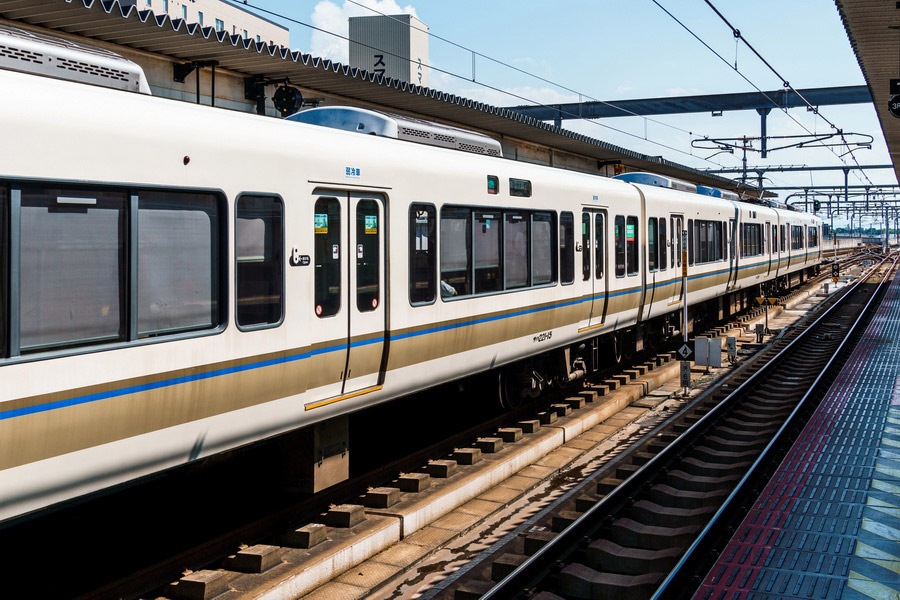
Public Transport
The city has an extensive transport network, including regular and tourist bus routes, as well as options for taxi rides, car rental, and bicycle hire.
There are special passes available for tourists in Nara:
- 1-day pass – valid only within Nara Park and Nishinokyo.
- 2-day pass – covers a wider area and also provides discounts at several shops and restaurants.
How to Get to Nara?
Nara is easily accessible from major cities in Japan by train, bus, or plane. The closest metropolises are Kyoto and Osaka, with high-speed train routes providing the fastest connections. From Kyoto, located just 45 km away, visitors can take the JR Nara Line (ideal for JR Pass holders) or the faster Kintetsu Kyoto Line. Osaka, about 30 km from Nara, offers Kintetsu Nara Rapid express trains and bus options.
For day trips from Tokyo, the quickest route is the Shinkansen to Kyoto, followed by a train transfer to Nara. The Nozomi Shinkansen completes the Tokyo-Kyoto leg in 2 hours and 20 minutes, while the Hikari train takes 2 hours and 40 minutes but is fully covered by the JR Pass.
Alternatively, travelers can fly to Osaka, the nearest airport to Nara. Flights from Tokyo’s Haneda or Narita airports to Osaka start at around ¥4,000, though a connecting transfer from the airport to Nara is necessary.
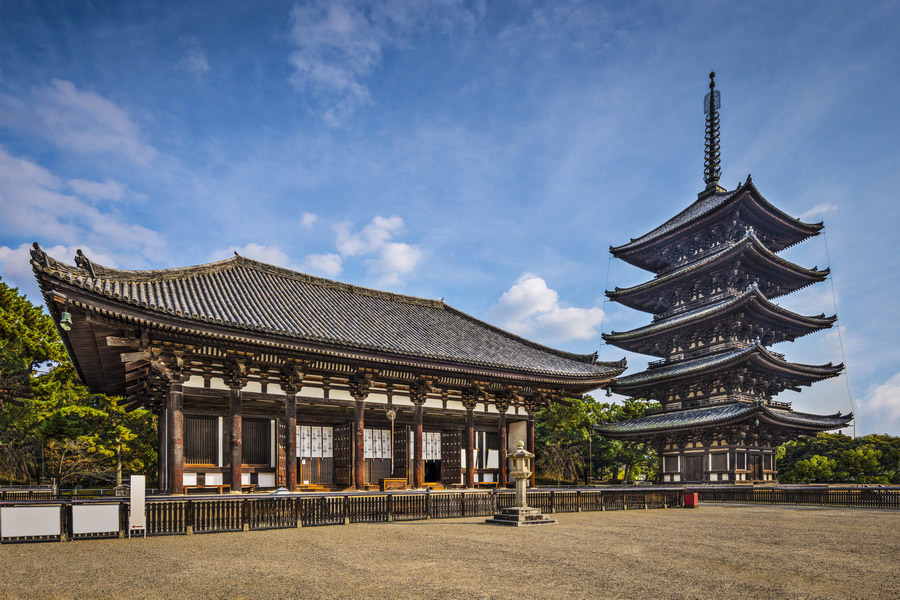
Security in Nara
Nara is known for its peaceful and safe environment, attracting tourists with its calm historical charm and the warm hospitality of its residents. This combination makes Nara a comfortable and inviting destination, even for solo evening strolls.
The only potential concern for visitors might be the famous Nara deer. While generally gentle and friendly, they are still wild animals. Occasionally, their behavior can be unpredictable, so it’s advisable to remain cautious when interacting with them.

